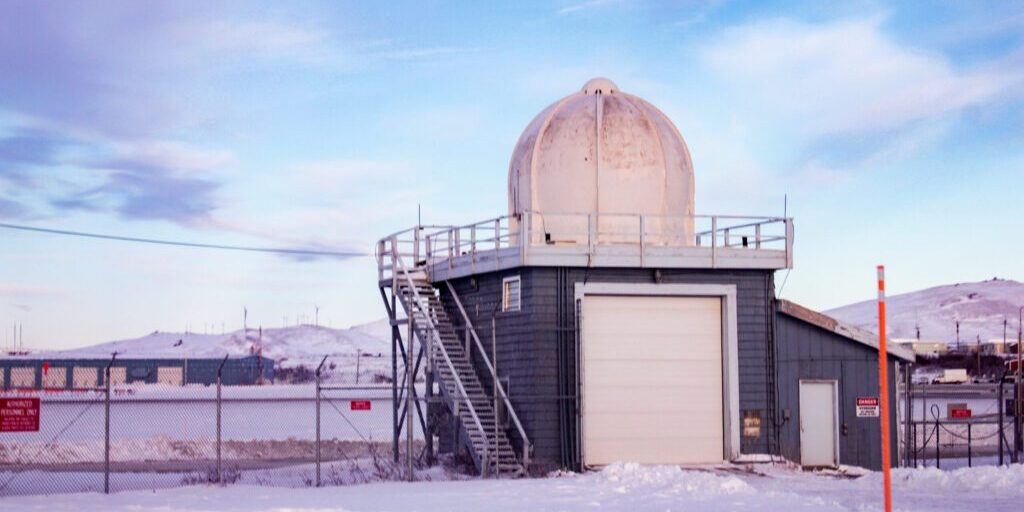The Alaska Center for Climate Assessment and Policy is working to create fact sheets of weather patterns and climate events. They’re working to make the fact sheets not only useful, but easy to understand.
Caroline Erickson is a fellow for ACCAP and said the center is working to compile 50 years of climate data into fact sheets. The sheets will focus on both meteorological data as well as major weather events that particularly impacted communities.
Erickson said Alaska’s climate events vary from other parts of the country and there’s multiple types of climate events to analyze.
“The fact that one state has really significant and serious wildfires, as well as large coastal flooding, and sea storms, and then blizzard events. Sometimes I have trouble wrapping my head around it.”
Erickson said the center has a list of events to include, but they’re first establishing what she calls “meaningful and useful communication” with the events themselves. She said before they make a fact sheet, she wants to gain a realistic understanding of how people within communities were affected by such events.
Rick Thoman is a climatologist for the center. He said the focus of environmental events is almost always on the meteorological data but this project focuses on people who experienced it.
“We’ve been trying to really nail that communication piece. You’re not going to pick up our two pager and learn every single thing that happened in [Typhoon] Merbok. That’s not the point of it. But oh, gee, here’s the basic information. And from that, if you have to, you can go farther.”
Erickson said the fact sheets will create a sort of “mini library of events” that’ll be accessible online to the public. She said events that happened before the Internet will also be included, like the Miller’s Reach Fire of 1996, which was the number one federal priority for that year.
Erickson said they want to avoid technical words in favor of keeping the language for the project easily digestible by the public.
“We want these factsheets to be widely understandable by anyone, community members, even scientists looking for this, just having reliable information that can kind of span differing groups and different stakeholders who may be interested in these events.”
The project will be accessible on the International Arctic Research Center website after it’s finished.
Photo at top: White and dark grey building next to snowy airstrip at Nome Airport. (KNOM Archives)




